How do vines kill trees?
behaviorkelton
17 years ago
Featured Answer
Sort by:Oldest
Comments (8)
rubybaby43
17 years agobob64
17 years agoRelated Professionals
Centereach Landscape Contractors · East Lake-Orient Park Landscape Contractors · Ellicott City Landscape Contractors · Fountain Valley Landscape Contractors · Lynchburg Landscape Contractors · Peoria Fence Contractors · Lincolnwood Fence Contractors · Newark Fence Contractors · Santa Ana Fence Contractors · Tacoma Fence Contractors · West Bend Fence Contractors · West Covina Fence Contractors · Bronx Siding & Exteriors · Paramus Siding & Exteriors · San Jacinto Siding & Exteriorsjanicesgarden_wa
17 years agoladyslppr
17 years agonywoodsman
17 years agoAntoni_Uni
13 years agoravenh2001
13 years ago
Related Stories

MOST POPULARThe Perfect Houseplant for People Who Kill Houseplants
If you can fill a jar with water, you can keep golden pothos vine happy — and it will pay you back with cleaner air and a greener home
Full Story
HOUSEPLANTS8 Houseplants You Can't Kill
They're forgiving and let you forget. Houseplants don't get any easier than this
Full Story
LANDSCAPE DESIGNSee 5 Unexpected Ways to Use Vines
Vines can grow over slopes, trail off pergolas and add seasonal color to the garden
Full Story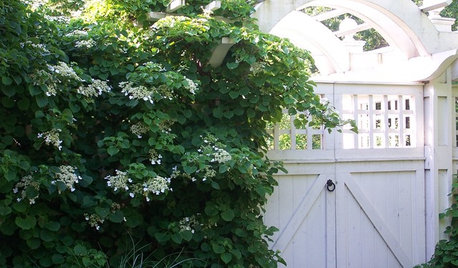
FALL GARDENING6 Deer-Resistant Flowering Vines to Plant This Fall
Have a major deer problem? Here are some of the only vines that have a chance of not being eaten
Full Story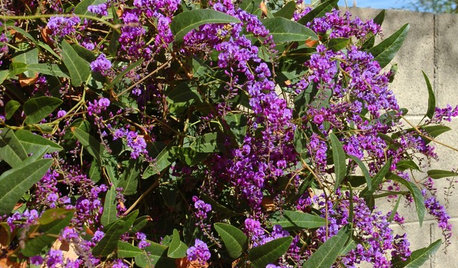
GARDENING GUIDESGreat Design Plant: Lilac Vine for a Purple Profusion in Winter
Grow this pretty, hardy vine on a fence or as a ground cover for blooms throughout the colder months
Full Story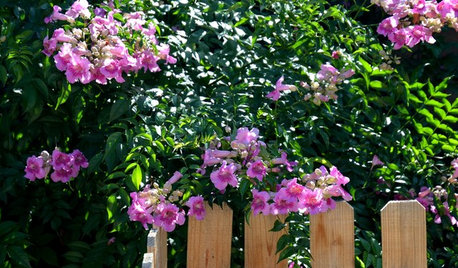
PINK FLOWERSGreat Design Plant: Pink Trumpet Vine Heralds Vibrant Color
Announce your landscape beautification efforts with this flowering vine that perks up hot, dry gardens
Full Story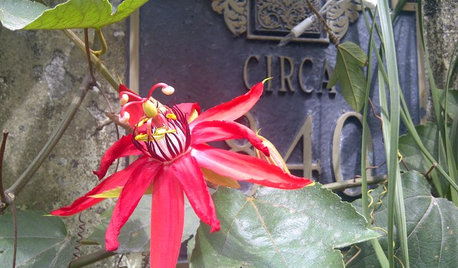
FLOWERS5 Sensational Flowering Vines for Warm Climates
Splash your garden with bright tropical color from late summer through fall with these showy trailing and climbing beauties
Full Story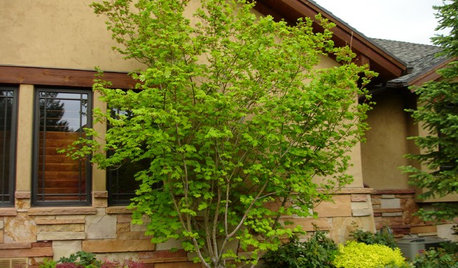
LANDSCAPE DESIGNGreat Design Plant: Vine Maple
Exciting year-round color and adaptability make this highly ornamental native small tree a top choice for home gardens
Full Story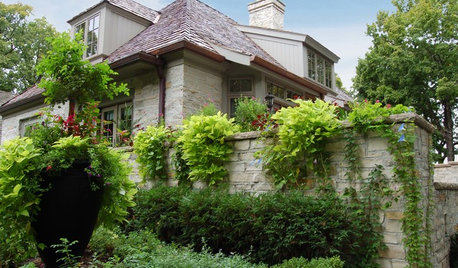
FOLIAGEGreat Design Plant: Ornamental Sweet Potato Vine
Versatile, fast growing, inexpensive and easy on the eyes, ornamental sweet potato vine has it all
Full Story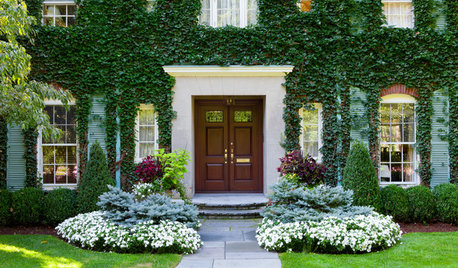
EXTERIORSCare and Training for a Vine-Covered Home
Love the look but don’t want the ruin? Learn how to have vine-draped walls without all the cracks and crumbling
Full Story






behaviorkeltonOriginal Author